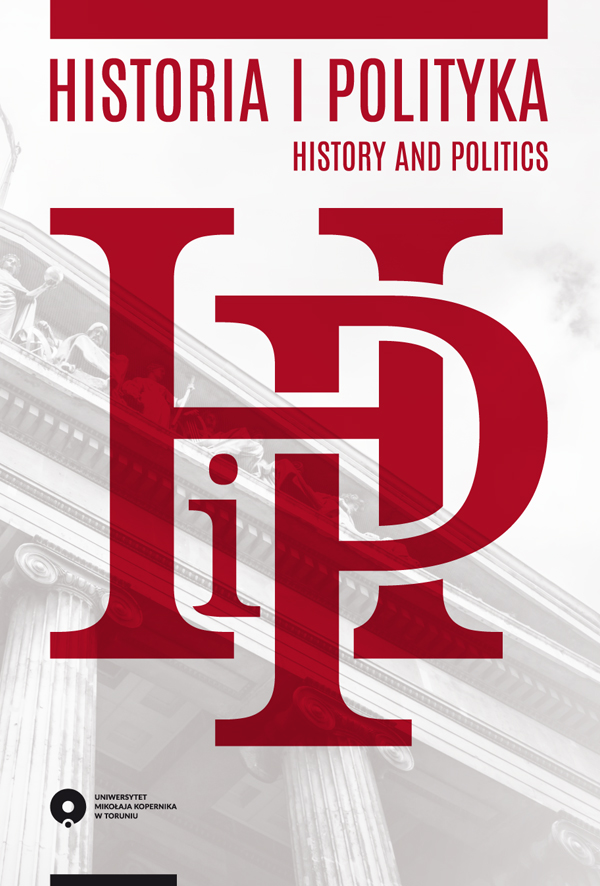Polityka integracyjna Norwegii wobec nowej emigracji zarobkowej z Polski w latach 2004-2009
Norway’s policy on integration towards new economic emigration from Poland 2004-2009
Author(s): Alicja KiełbasiewiczSubject(s): Labor relations, Transformation Period (1990 - 2010), Migration Studies, EU-Accession / EU-DEvelopment
Published by: Wydawnictwo Naukowe Uniwersytetu Mikołaja Kopernika
Keywords: Emigracja; polityka integracyjna; Norwegia;
Summary/Abstract: The aim of this article is to present the main assumptions of Norway’s integra¬tion policy towards Polish labour emigrants after the access of Poland to the European Union in 2004. Norway, as a member of the European Economic Area, participates in the European Union’s single market that among others ensures free movement of people and services. As a result, more than one hundred thousand Polish citizens have taken up employment in this Nordic country during last 5 years. At present, they constitute the largest national minority in Norway. Even though Norway introduced transitional period to protect their market against cheap manpower, many Norwegian as well as Polish companies found their way to employ specialists from previous Eastern Bloc with remuneration below the minimum accepted in particular branches. Therefore, many labour emigrants found themselves on the periphery of Norwegian society along with bad living conditions, unregulated working time and devoid of any rights to welfare. This situation was defined by Norwegian government as a social dumping and since 2006 new regulations have been introduced in order to limit this unfair competition. However, the biggest emphasis has only been put on exacerbation of labour law and popularization of collective wage agreements. Norwegian authorities decided to exclude labour emigrants from fuli participation in the integration policy that includes among others free courses in Norwegian language or recognition of education. Moreover, the article tries to depict the outline of history of labour migration in Norway, reasons for current migration, mechanisms of recruitment, working and living conditions of Polish emigrants, and the generał conceptions for futurę import of workforce to Norway. All these issues are to give a wider picture of the main challenges connected with the modern phenomenon of free movement of people between countries with different standards of living and regulations within Central and West¬ern Europe.
Journal: Historia i Polityka
- Issue Year: 10/2010
- Issue No: 2/3
- Page Range: 251-273
- Page Count: 23
- Language: Polish

